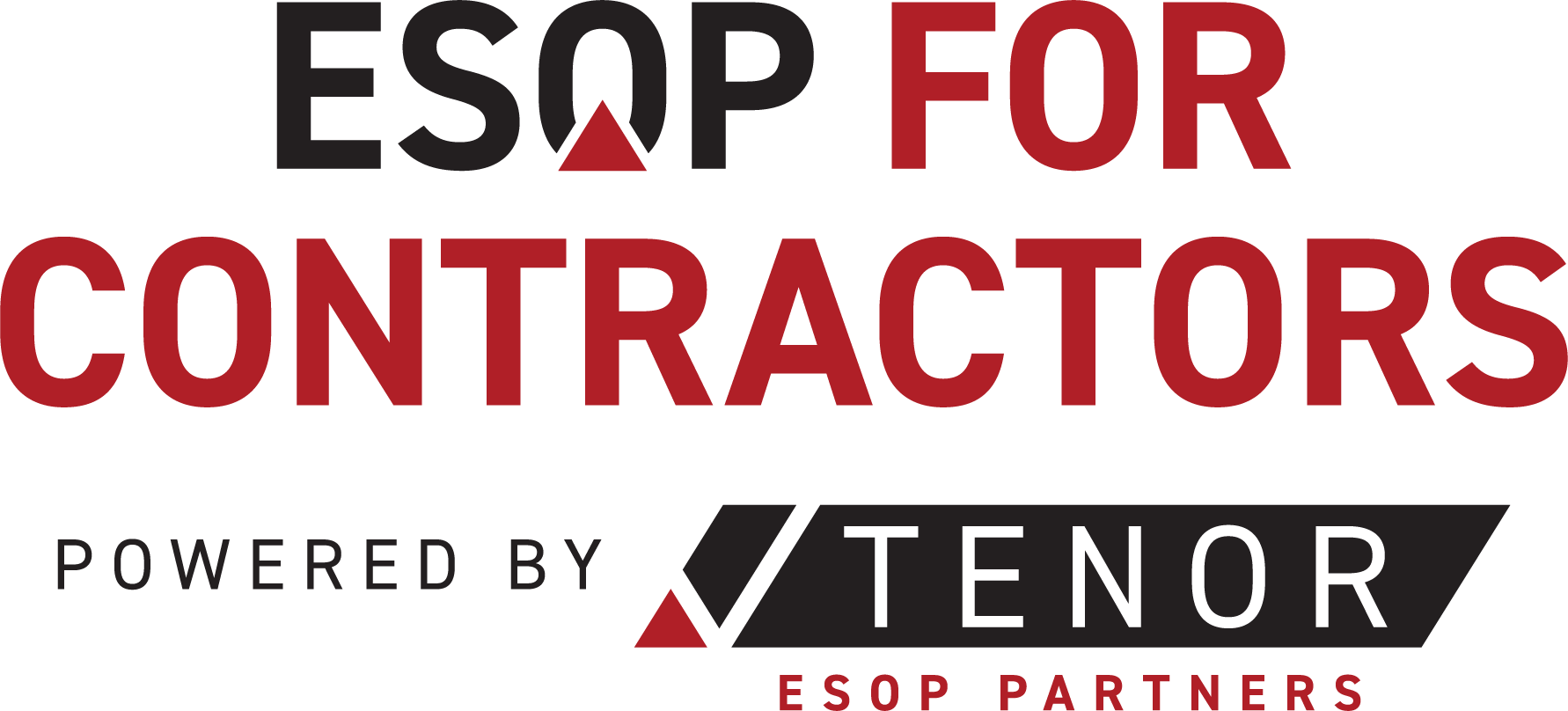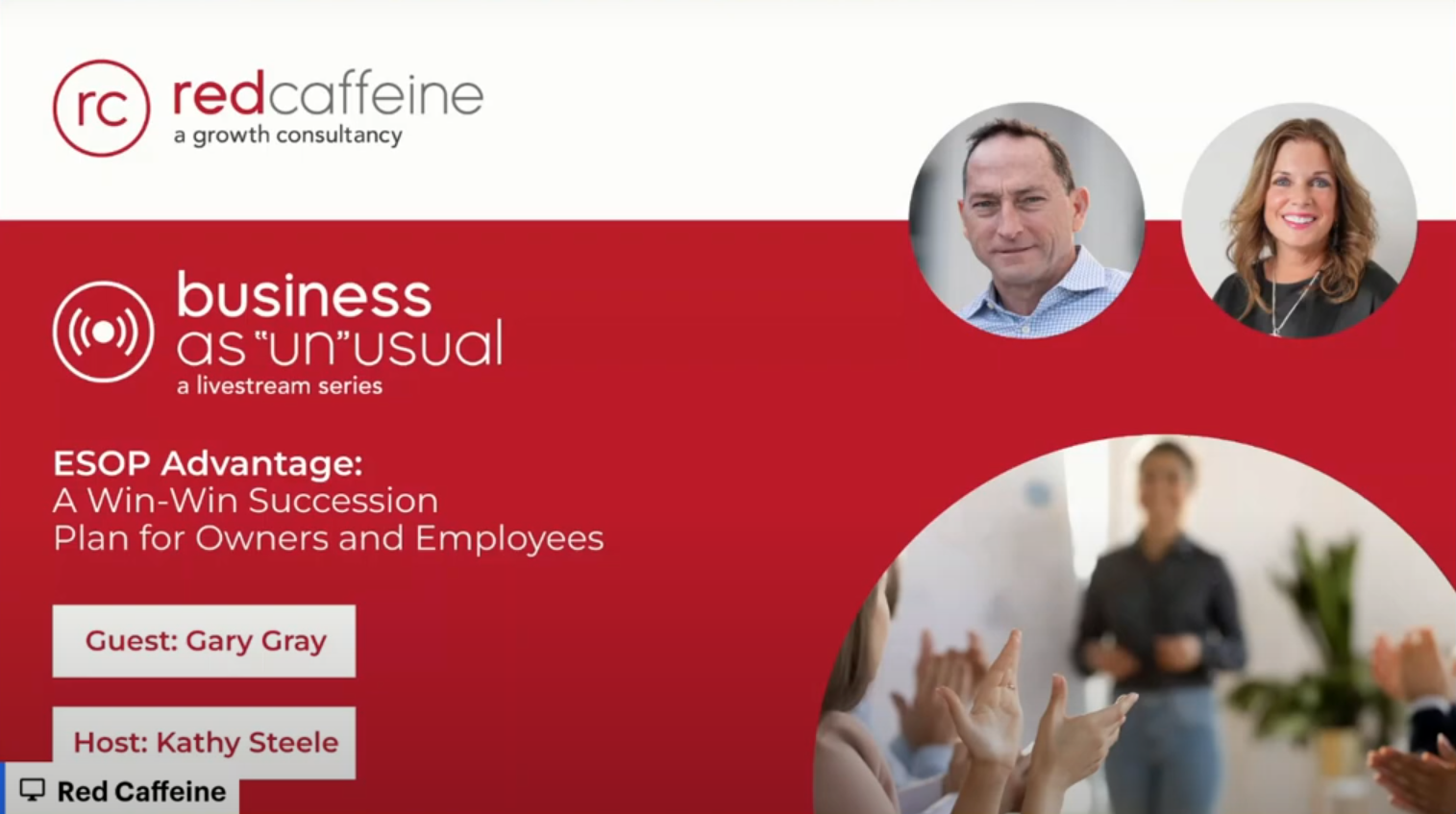Time to read: 6 minutes
Understanding Contractor Tax Liabilities: Why Traditional Revenue Recognition Creates Unnecessary Tax Burdens
As a contractor, you know timing is everything on a job site. What you might not realize is how traditional business structures make project timing and revenue recognition unnecessarily complicated from a tax perspective. While most contractors focus on managing these timing challenges, some have discovered how becoming employee-owned can fundamentally simplify these issues.
When Revenue Recognition Creates Cash Flow Problems
Your project just wrapped up in December. The punch list is complete, but final payment and retention won't arrive until February. In employee-owned businesses, this common scenario can be handled more effectively, avoiding the significant tax complications that can impact cash flow and financial planning for months to come.
The gap between project completion and final collection affects your tax position in ways many contractors don't expect until it's too late. When work completion, final payment, and retention span different tax years, conventional business structures force you to pay taxes before receiving full payment. This misalignment creates cash flow challenges that can affect your ability to take on new projects or make essential equipment investments.
Why Employee Ownership Makes Revenue Recognition Easier
Every phase of your project carries tax implications that can be handled more efficiently through employee ownership. Consider a common scenario: You're managing three projects completing in December with a combined value of $4.2 million. You're holding $420,000 in retention, and final payments won't arrive until February.
In a conventional business structure, you'll need to report the full revenue in the completion year, even though you haven't received all payments. This creates an immediate tax liability without the corresponding cash flow to support it. The retention further complicates matters, as it represents taxable income you won't receive for months.
How Employee Ownership Solves Timing Problems
While traditional tax planning focuses on managing recognition timing, converting to employee ownership through an ESOP can fundamentally change how these issues affect your business. In an S-corporation employee-owned structure, the tax implications of project timing become far less critical because the business operates virtually tax-free at the federal level.
Consider how this changes the December completion scenario:
- Conventional Structure: Full tax liability on completion, regardless of payment timing
- Employee-Owned Structure: Project timing focuses purely on operational needs, not tax implications
Beyond Traditional Documentation
While proper documentation remains important, an employee-owned business shifts your focus from tax protection to operational efficiency. Instead of maintaining extensive records primarily for tax purposes, you can focus on documentation that improves project management and business performance.
When Change Orders Create Opportunities
Change orders don't have to create tax timing headaches. In an employee-owned company, you can focus on executing change orders efficiently without worrying about their tax recognition timing. This freedom to focus on operations rather than tax implications often leads to:
- Faster change order processing
- Improved client responsiveness
- Better cash flow management
- Enhanced project profitability
Building a More Efficient Future
Smart contractors are discovering that the solution to timing challenges isn't better tax planning – it's transitioning to employee ownership. Becoming an employee-owned company can help you:
- Eliminate federal tax concerns from project timing decisions
- Focus on operational efficiency rather than tax efficiency
- Improve cash flow through tax elimination
- Make better project management decisions
The Next Steps
Ready to stop letting tax timing concerns drive your project decisions? Schedule a consultation with Gary Gray to learn how becoming an employee-owned company could transform your contracting business.
How to get started
Getting started with an Employee Stock Ownership Plan (ESOP) can transform your contracting business, unlocking potential for growth and ensuring lasting value for everyone involved. At ESOP for Contractors, we understand the intricacies of the process, from assessing your company's current status to designing a tailored ESOP that aligns with your goals.
Our leadership team knows firsthand how to create winning strategies that benefit both owners and team members alike. If you're curious about how an ESOP could enhance your business's future, we invite you to reach out for a free consultation. Let’s explore how we can help you achieve sustainable success together!

Gary Gray, Founder
Book a Free Consultation
Interested in a free consultation for your contracting business? Send us a message - We’re here to help.
Thank you for contacting us! We’ve received your message and will get back to you as soon as possible. If you need immediate assistance please call us at 404-849-0244.
Please try again later















